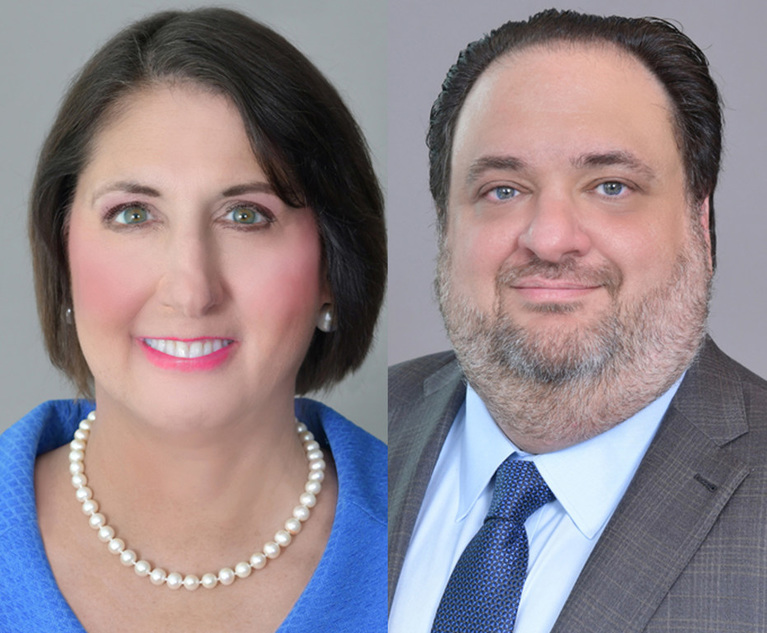The AI revolution will have a lasting impact on how intellectual property attorneys counsel their clients. In this article we provide an easy-to-understand glossary of AI terms critical to applying the copyright and trademark laws to content generated in whole or in part with AI. We also outline best practices for the vetting and implementation of AI tools to avoid infringement of third-party IP and related rights such as the right of publicity (an individual’s rights to their name, image and likeness (sometimes referred to as “NIL.”) We will discuss recent litigation such as the copyright infringement and right of publicity cases brought by prominent copyright owners such as The New York Times and actors such as Scarlett Johansson against AI platforms like OpenAI, and another recent case brought by the “Blade Runner 2049” (2017) movie producer against Tesla and Elon Musk concerning an AI-generated globally streamed promotion. We will explain how to secure rights in content generated in part with AI and discuss recent guidance issued by the U.S. Copyright Office on registering copyright in works that include AI-generated content. We will conclude with important takeaways to guide IP practitioners as they face challenges and opportunities presented by this new tech.
Let’s begin with a brief overview of IP and AI. As IP practitioners are well aware, copyrights protect creative expression fixed in a tangible medium of expression, trademarks protect anything (words and logos, but also things like colors, sounds, and smells) that identify an exclusive source of goods or services. Patents cover useful inventions and unique aesthetic elements of designs. AI is not new. And “trade secrets” protect things like formulas and proprietary methods that a company keeps private (and requires its employees to keep confidential).

